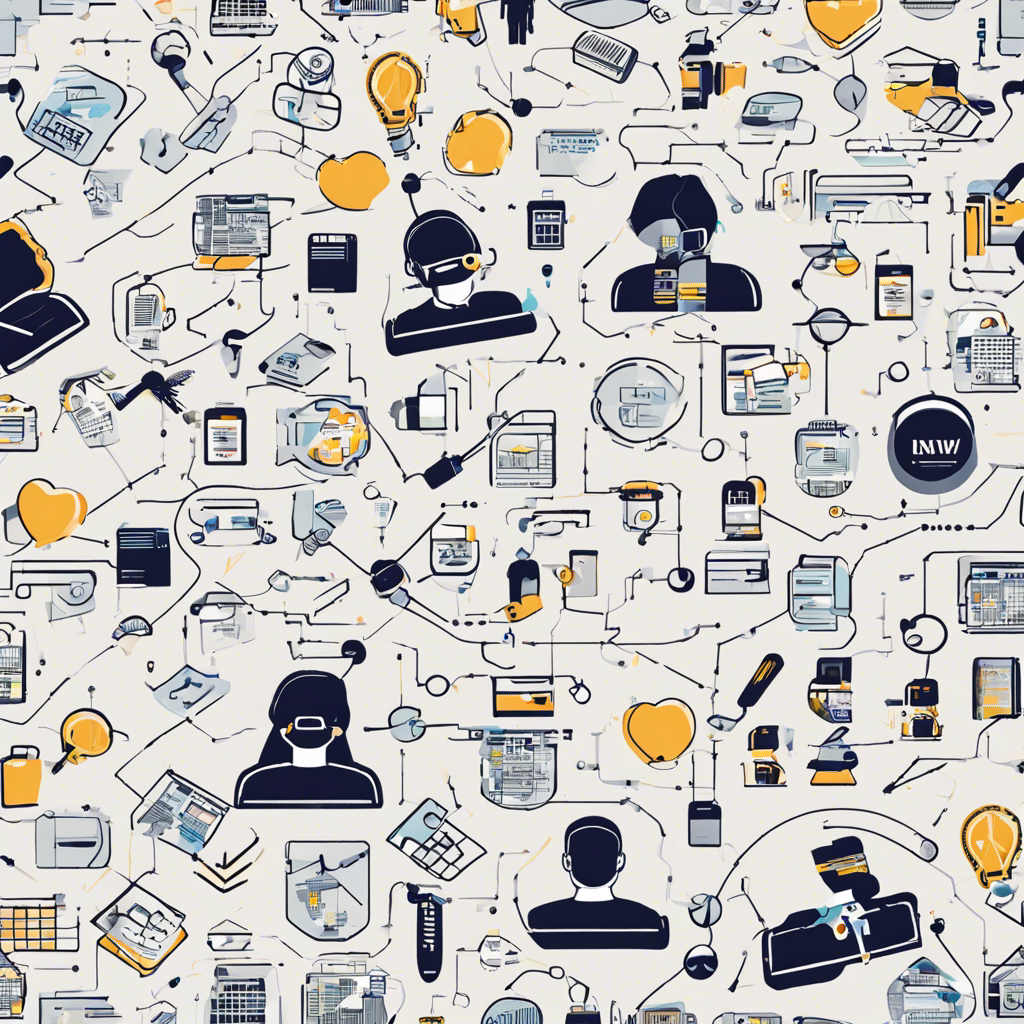The use of AI technology in healthcare has been a game-changer, with the potential to revolutionize the way we store and access medical information. One of the most exciting applications of AI is in the field of health records, where the technology can improve the accuracy and efficiency of patient data.
Generative AI is a specific type of AI that can generate new data by learning patterns from existing data. This makes it an ideal tool for health records, as it can learn from and replicate existing patient data, such as medical history, symptoms, and treatment plans.
One of the key benefits of using generative AI for health records is that it can improve the accuracy of patient data. By learning from existing data, generative AI can identify and correct errors in patient records, as well as detect and prevent fraud.
Another advantage of generative AI is that it can streamline the process of storing and accessing patient data. By generating new data, generative AI can create a more efficient and organized system of patient records, making it easier for healthcare professionals to access and retrieve information.
In addition to improving accuracy and efficiency, generative AI can also be used to enhance the security of patient data. By generating new data, generative AI can create a more secure system of patient records, making it more difficult for unauthorized users to access sensitive information.
While generative AI has the potential to revolutionize health records, there are still some challenges to overcome. One of the key challenges is ensuring the accuracy and reliability of the generated data. It is important to ensure that the data generated by generative AI is accurate and reliable, in order to ensure the safety and effectiveness of patient care.
In conclusion, generative AI has the potential to revolutionize health records, improving accuracy, efficiency, and security of patient data. While there are still challenges to overcome, the future of health records looks bright with the adoption of this exciting technology.
